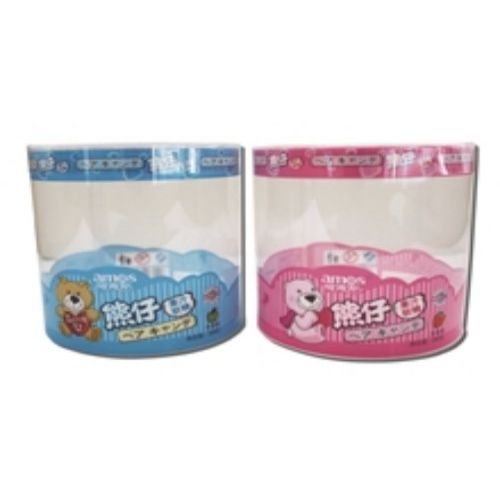When it comes to printing on plastic boxes, selecting the most suitable printing method is crucial. The right printing method can enhance the appeal of your product, convey vital information, and boost brand recognition. This article will guide you through the process of choosing the ideal printing method for your plastic box printing needs.
Before diving into the different printing methods available, it is important to consider various factors that can influence your decision:

The type and quality of the plastic material used for your box will play a significant role in determining the compatible printing methods. For instance, some printing methods work better on rigid plastic, while others are more suitable for flexible plastics.
The complexity of your design also needs to be taken into account. Some printing methods are adept at reproducing intricate designs and fine details, while others may struggle to deliver the same level of precision.
The quantity of plastic boxes needed and your allocated budget will influence the printing method you choose. Different printing methods have varying costs, and some methods may be more cost-effective for larger quantities.
If your plastic boxes are intended for long-term use or exposure to harsh conditions, durability and resistance become critical factors. Some printing methods offer better resistance to fading, moisture, and abrasion, ensuring your design stays intact for longer.
If you have strict deadlines to meet, consider the turnaround time required for each printing method. Some methods may have longer lead times due to preparation and setup processes.
Now that we have identified the important factors to consider, let's explore some of the most widely used printing methods for plastic box printing:
Screen printing is a versatile and cost-effective method suitable for both rigid and flexible plastic materials. It offers vibrant colors, excellent coverage, and durability. However, it may not be suitable for highly detailed designs.
Digital UV printing provides high-resolution printing on various plastic materials. It offers quick turnaround times, allows for complex designs, and provides excellent color accuracy. However, it can be relatively expensive for large quantities.
Pad printing is ideal for printing on irregular or curved surfaces, making it suitable for plastic boxes with unconventional shapes. It allows for precise and intricate designs, but the printing quality may vary on different plastic materials.
Primarily used for adding metallic or glossy finishes, foil stamping can create an eye-catching and luxurious look for your plastic boxes. It provides excellent longevity and resistance to wear and tear.
Choosing the right printing method for plastic box printing requires careful consideration of factors such as material type, design complexity, quantity, budget, durability requirements, and time constraints. By understanding these considerations and exploring various printing methods, you can make an informed decision that will enhance the visual appeal and effectiveness of your product packaging.
© Copyright: Shenzhen Asoka Printing Co.,Ltd All Rights Reserved. sitemap.xml | sitemap.html | Terms & Conditions | Privacy